How the War Crates Flew: War-Air Stunts
FROM the pages of the June 1934 number of Sky Fighters:
Editor’s Note: We feel that this 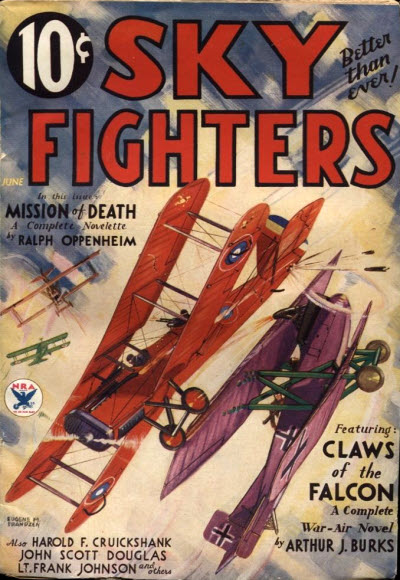 magazine has been exceedingly fortunate in securing Lt. Edward McCrae to conduct a technical department each month. It is Lt. Mcrae’s idea to tell us the underlying principles and facts concerning expressions and ideas of air-war terminology. Each month he will enlarge upon some particular statement in the stories of this magazine. Lt. MaCrae is qualified for this work, not only because he was a war pilot, but also because he is the editor of this fine magazine.
magazine has been exceedingly fortunate in securing Lt. Edward McCrae to conduct a technical department each month. It is Lt. Mcrae’s idea to tell us the underlying principles and facts concerning expressions and ideas of air-war terminology. Each month he will enlarge upon some particular statement in the stories of this magazine. Lt. MaCrae is qualified for this work, not only because he was a war pilot, but also because he is the editor of this fine magazine.
War-Air Stunts
by Lt. Edward McCrae (Sky Fighters, June 1934)
NOW I bet you dumb clucks have been reading about air fighters and duels in the air for a long time. Everybody has. You get thrilled to death when the hero barges head-on into the Hun, gives him a round of tracers and lead, noses her up, falls off on a wing, dives, comes up into an Immelmann and is on a level with his foe again, and they go to it. Dog-fights!
Now if I know you, you just sat there and got a thrill out of the yarn, but the ships were darting through the air so fast and there was so much fighting that you couldn’t follow their movements exactly. You just knew they were doing something, but how they did it, didn’t bother you.
That’s all right because you were not supposed to know the whys and wherefores of the maneuvers. You were just supposed to enjoy the story which you did.
But that’s all over. The next time you read a story you’ll know just exactly what the Red Ace was doing when he did an Immelmann and a barrel roll—and you’ll know why he did it. Then you can check up on all those writer fellows to see if they knew what they were talking about.
Because today, Jack and Jill, you’re going to learn how they did those maneuvers and why. You’ll notice that at the top of this article there’s something that talks about principles and facts and war-air terminology. That’s what you’re gonna get an earful of right now. So wash out your ears.
The Simplest Thing First
Let’s start with the simplest and first thing a war flyer has to learn to do when he gets past the Kiwi stage. He has learned to do ordinary flying, and now he’s getting down to the business of learning how to defend himself and how to whip the other man.
Let’s follow him through one of those famous and exciting dog-fights and see why he does these things. After all, he’s not up there just to furnish thrills for you readers. He’s got business to do.
He’s already off the ground and has gained his ten thousand feet altitude. He’s one of those lone eagle boys who’s out looking for a Hun for an early breakfast. Downstairs the ground is all shell marked and rows of gray trenches look like the canals of Mars to him.
Then, suddenly, out of a cloud above him that looks no bigger than a man’s hand comes that well known little black speck, diving straight down at him. It’s an Albatross! He is being attacked!
Let’s stop right there in the story. We’ll have a look at the “why.”
Don’t Look into the Sun
The German had got the best position to start with. He had got up earlier and had taken up a favorable station. The station was behind a high cloud which in turn was so located in relation to the place he might find an enemy, that the enemy might have little chance to see him. Our hero couldn’t see through a cloud. And the German had borne in mind that the cloud was between that proposed battlefield and the sun. Thus if the American were looking for him, he would look squarely into the sun and this would blind him. You can’t see a tiny speck—in fact you can hardly see anything—when you’re looking into the sun.
But let’s go on with the story. What does our hero do? He sees the Albatross bearing down on him with tracers blazing. So he reverses his controls and makes a sharp turn out of the line of fire. (Fig. 1)
Reversing Controls
What is this reversing controls? No, Jill, it’s not like throwing an automobile into reverse. Airplanes can’t normally go backward in the air. They aren’t crawfish.
What he did was this. He had to make a turn so short and so quickly that in order to do it he had to bank so steeply that the rudder was cross-ways instead of up and down like it should be, and the elevators were up and down instead of crossways. The result of this was that he had to control his ship differently.
The wings were one up and one down instead of horizontal. Therefore, in order to control his ship, where before he would use the rudder, now he had to use the flippers or elevators for that purpose. And vice versa with the rudder. And all this time bullets coming at him!
You would think this would be confusing, wouldn’t you? Well, it is! But the boy had to learn to do it automatically—without even thinking about it, before he could go on and learn all the rest of the things he had to know!
Something to Remember
Reverse control is the important element in any sharp turn which makes it necessary to bank at an angle of more than 45 degrees. Don’t forget that, children, and you’ll have more respect for the poor flyer.
But that’s not all—it’s just the beginning of those little tricks he had to learn. That maneuver can be dangerous, and it always results—when control is lost—in a spin with the power on. And is that dangerous? Ask your Uncle “Spinner” Eddie.
So, in order to get out of such a predicament in case it happened—and it’s sure to happen—you have to deliberately learn to spin your ship and bring it out of a spin. You can’t wait until you accidentally find yourself in a jam to practice getting out of it. You have to know how in advance. It’s something like practicing driving your car over a cliff. They make ships these days that won’t spin, but they are for old-lady passengers and students to ride. A fighting ship must be able to spin, because sometimes you will want to spin it.
“But Von Hun was on his tail, pouring a deadly volley—”
“The Red Knight saw death staring him in the face. There was only one means of escape. Shoving the throttle forward to pick up speed, he jammed the stick forward and to the left and kicked the rudder. The ship nosed down into a power spin—”
Now why did our hero do this? Well, children, did you ever try to shoot at a leaping jack rabbit? He has plenty of speed and he’s not going in a very straight line. You can’t tell a second in advance where he’ll be the next second. And when you multiply that by the speed of a ship whirling down like a corkscrew with the motor full on—you’ve got a real job of target practice ahead of you! (Fig. 2)
Our Hero Escapes
So our hero escapes. But the Hun follows him down. He levels off and turns to meet the Von! He squeezes the triggers of the Lewis gun on his stick and sews a seam of lead up the leg of the Von’s Sunday pants. Von Hun is in dangerous territory with the Red Knight headed straight forward. Von Hun, to escape being rammed, falls off on one wing.
What the Von did was a side slip. He wanted to drop below the Red Knight, so he throttled down to lose power, banked his plane so one wing was down and jammed on opposite rudder. The rudder threw the nose down with the wing and headed the ship into a straight dive with one wing low. In order to straighten out he had to level off the wings and there he was all set, but on a lower plane and behind the Red Knight.
The Immelmann
But he climbs rapidly and is again hovering over the Red Knight. But our hero won’t stand for “that. He wants that position himself. So the Red Knight dives to pick up speed and then hauls back the stick. The ship loops in a big up-and-down circle that carries him above Von Hun. And as he comes down in the last part of the loop he manages to get in a burst that dusts off the Von’s uniform.
This is partially effective and Von Hun is trying to get out of the way. So our hero tries it again. He goes into the loop, but at the top of it he sees Von going the other way. To finish the loop will take him further away from Von. So “at the top of the loop he suddenly executes an Immelmann turn,” and is headed for the enemy, guns blazing. (Fig. 3)
What’s this Immelmann thing! Well, at the top of the loop our hero is naturally upside down and as he comes out he will be headed West at a lower altitude. But he wants to stay up there headed East.
So, just before the ship reached the top of the loop our hero pulls the stick back all the way and jams his rudder forward. The effect of this is to turn the wings over and get him right side up with care, just like the first turn of a barrel roll. And there he is headed West a little above the tail of Von Hun.
Which makes the Von sweat under the collar, so the Von eps his tail out of the way by doing a wing-over and coming back to meet The Red Knight. He does this quickly by nosing his ship up sharply and dropping one wing. He canteen keep it up until the ship stalls, at which time he falls off on one wing and completes his turn. He hasn’t lost altitude and he is back facing the way he came from on the same path instead of being over to the left or right.
And it is then that our hero triggers hs weapon and finishes him. He simply outshot the German. You’ll find out about how I did that over in the fiction department—second door to the left.
So you see, my young scallions, all that monkey business about loops and turns and chasing each other’s tails and all that sort of stuff isn’t put in there just to make a holiday for you. Every maneuver is there for a certain purpose, to aid the flyer in getting out of the other’s way, or to get into a favorable position for himself. They’re not stunt flyers just trying to entertain you. They’re in the glorious business of being knights of the air, lone fighters just like the old knights, to kill the enemy. And all those tricks are part of their trade.





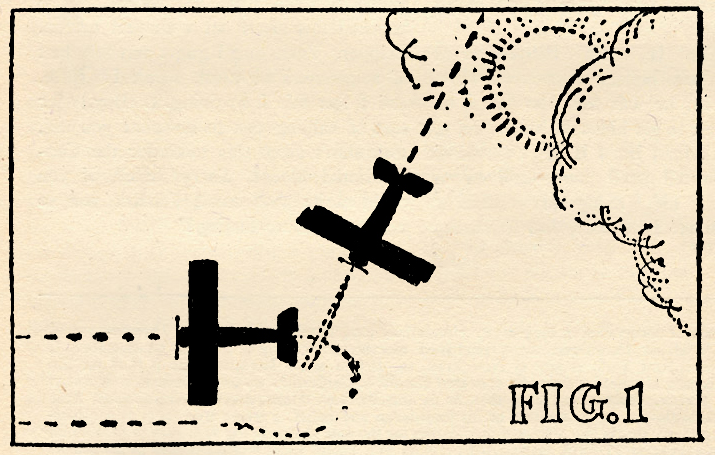
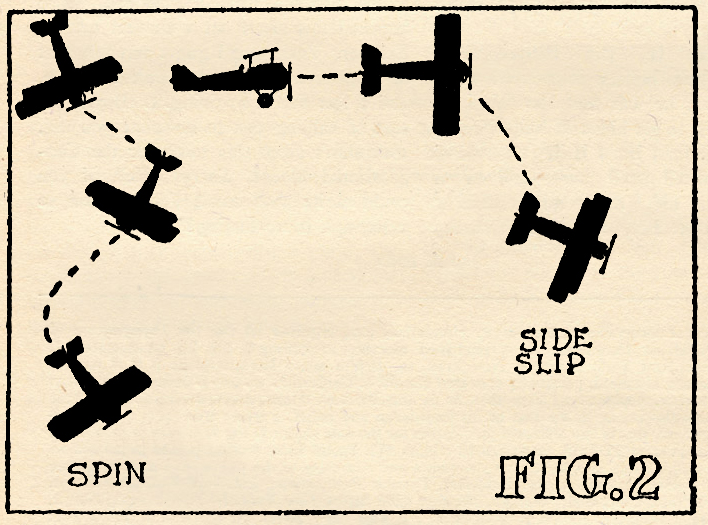
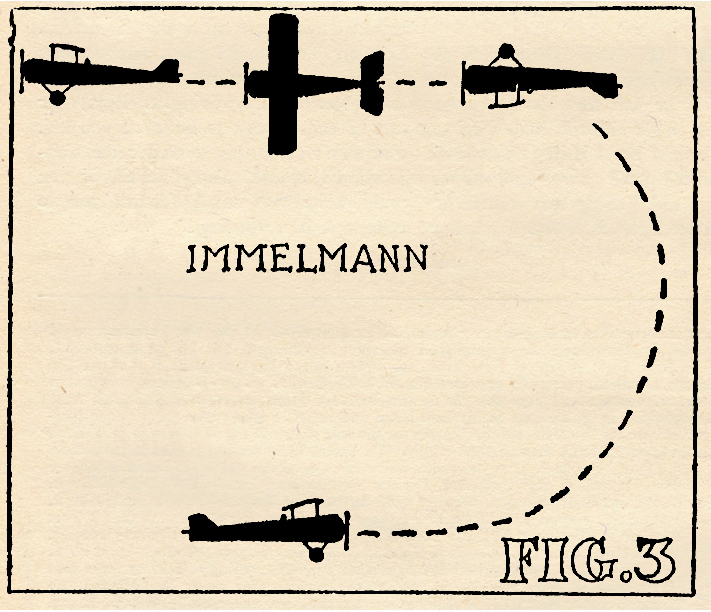
 Mosquito Month we have a non-Mosquitoes story from the pen of Ralph Oppenheim. It was always his observer, Jim Evans, who judged the dive, who directed Haskell as the latter worked controls, who told Haskell the precise moment to jerk back his stick and pull up—the same moment when Evans would release the bombs. And due to this uncanny judgment of Evans, and also to Haskell’s flying skill and strength, the two had never failed. Oh, they had been a team—Bomber Dan Haskell, big, husky, two-fisted—and Jim Evans, smaller, but lithe and agile and just as ready for action. An inseparable team, Which co-ordinated like a machine—which could do bombing work as no other unit. With Haskell as reckless pilot, and Evans in the rear as gunner and observer—though he wore a pilot’s full two wings—they had fought their way through all odds, dived upon their target hellbent, and blasted it right off the face of the earth. But Jim had been lost the day before on a run leaving Dan to set off on a daring mission alone—He must bomb bridge K-100 to keep the Germans from advancing on the Allied lines! From the June 1934 issue of Sky Fighters it’s “Mission of Death!”
Mosquito Month we have a non-Mosquitoes story from the pen of Ralph Oppenheim. It was always his observer, Jim Evans, who judged the dive, who directed Haskell as the latter worked controls, who told Haskell the precise moment to jerk back his stick and pull up—the same moment when Evans would release the bombs. And due to this uncanny judgment of Evans, and also to Haskell’s flying skill and strength, the two had never failed. Oh, they had been a team—Bomber Dan Haskell, big, husky, two-fisted—and Jim Evans, smaller, but lithe and agile and just as ready for action. An inseparable team, Which co-ordinated like a machine—which could do bombing work as no other unit. With Haskell as reckless pilot, and Evans in the rear as gunner and observer—though he wore a pilot’s full two wings—they had fought their way through all odds, dived upon their target hellbent, and blasted it right off the face of the earth. But Jim had been lost the day before on a run leaving Dan to set off on a daring mission alone—He must bomb bridge K-100 to keep the Germans from advancing on the Allied lines! From the June 1934 issue of Sky Fighters it’s “Mission of Death!”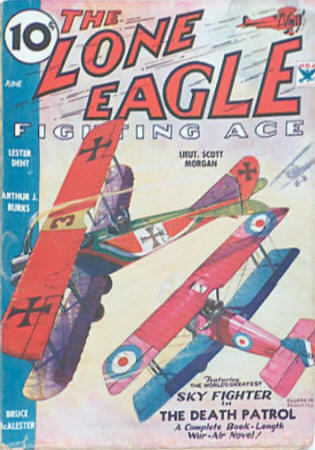 remembered as the man behind
remembered as the man behind 
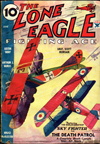
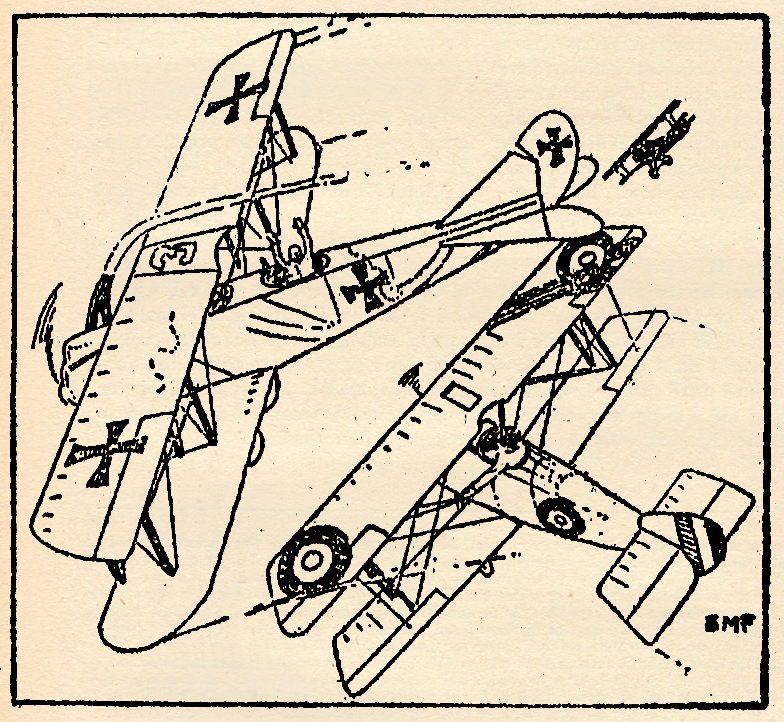

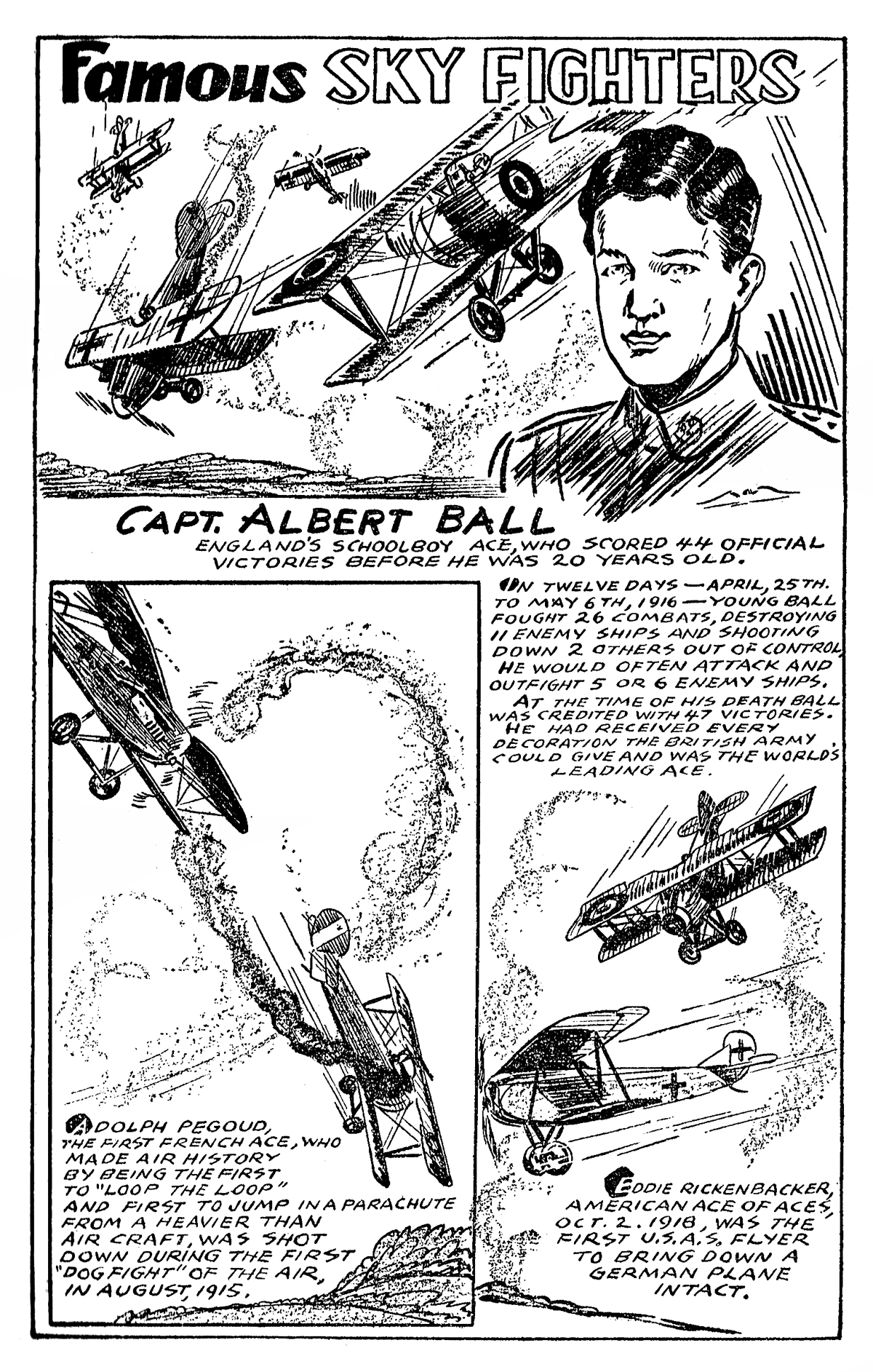
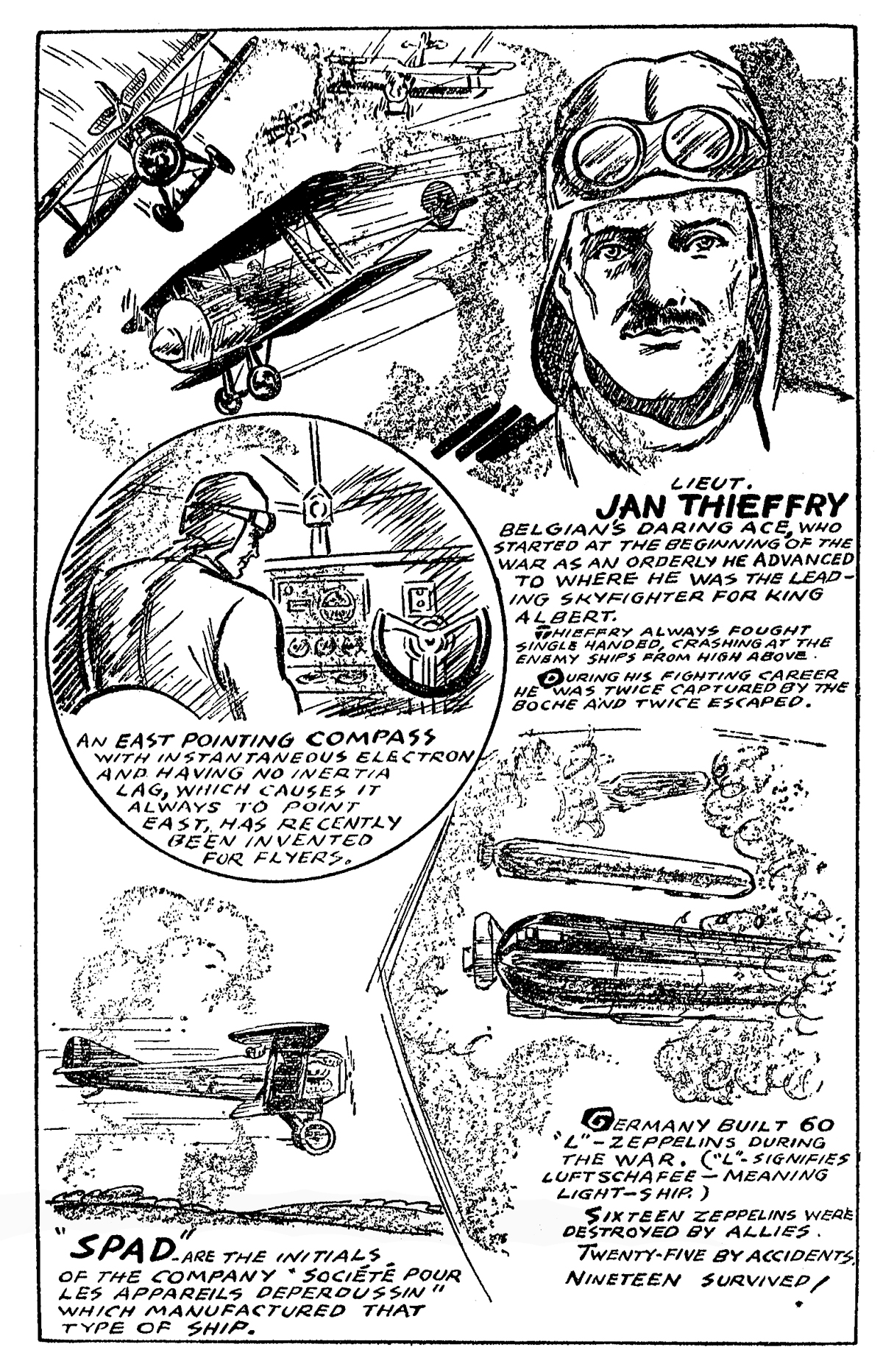
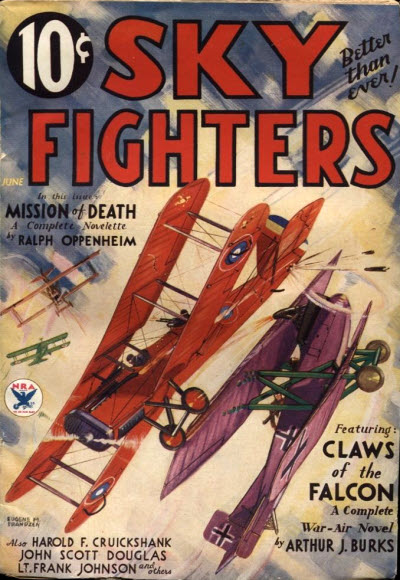 a story by another of our favorite authors—
a story by another of our favorite authors—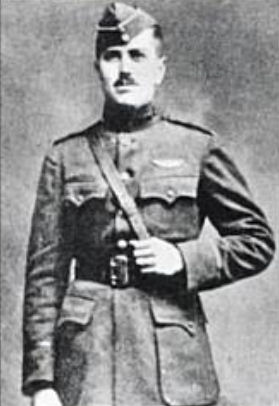 Flight Commander in the 95th Aero Squadron. He is credited with seven victories and was awarded the Distinguished Service Cross with oak leaf cluster, the French Legion of Honor, the Croix de guerre and the Order of the Crown of Belgium. Sewall was the first American aviator whose machine had been
Flight Commander in the 95th Aero Squadron. He is credited with seven victories and was awarded the Distinguished Service Cross with oak leaf cluster, the French Legion of Honor, the Croix de guerre and the Order of the Crown of Belgium. Sewall was the first American aviator whose machine had been 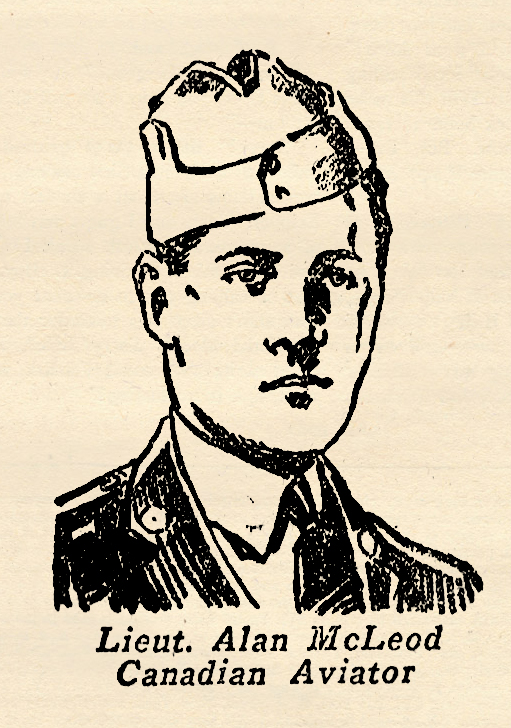 the three Canadian airmen winning the coveted award of the Victoria Cross, the highest honor bestowed on its fighting heroes by the British Empire, He was the youngest flyer ever to receive the honor, having it pinned on his chest in appropriate ceremonies at Buckingham Palace a few months before his nineteenth birthday.
the three Canadian airmen winning the coveted award of the Victoria Cross, the highest honor bestowed on its fighting heroes by the British Empire, He was the youngest flyer ever to receive the honor, having it pinned on his chest in appropriate ceremonies at Buckingham Palace a few months before his nineteenth birthday.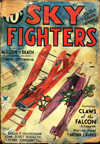



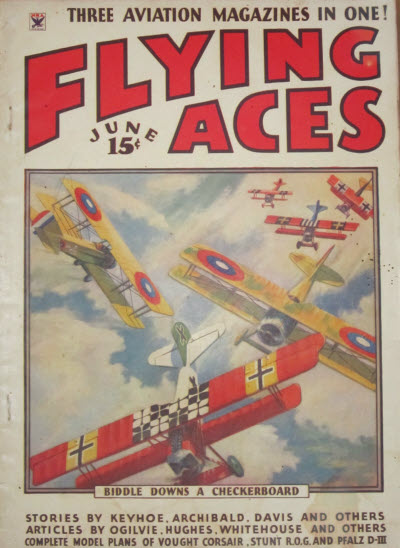 You heard right! That marvel from Boonetown, Iowa is back to square off against the Mad Butcher of the German Air Corps—Hauptmann Heinz, but not before getting even with the guys at the Ninth for all the razzing he’s been getting lately.
You heard right! That marvel from Boonetown, Iowa is back to square off against the Mad Butcher of the German Air Corps—Hauptmann Heinz, but not before getting even with the guys at the Ninth for all the razzing he’s been getting lately.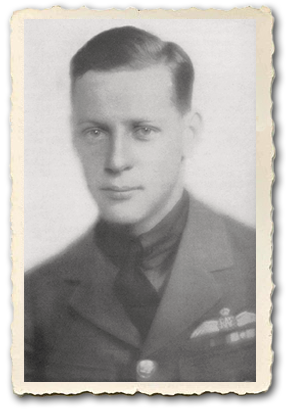 December 1914 and served with the 5th Field Company of the Canadian Army Engineers on the Western Front. He transfered to the RFC in September of 1917 where he was assigned to the 70th Squadron RFC. By this time he had made the rank of Captain and flying a Sopwith Camel, he is credited with 33 victories! He earned the Distinguished Service Order, the Military Cross and the Military Cross with Bar!
December 1914 and served with the 5th Field Company of the Canadian Army Engineers on the Western Front. He transfered to the RFC in September of 1917 where he was assigned to the 70th Squadron RFC. By this time he had made the rank of Captain and flying a Sopwith Camel, he is credited with 33 victories! He earned the Distinguished Service Order, the Military Cross and the Military Cross with Bar!